I’ve always said, life begins after 50, and I believe that. Traveling for that next big adventure is a right of passage as we get older, but we also have to be honest with ourselves. Whether you prefer to pursue hiking, biking, kayaking, or more adventurous ziplining and paragliding, this guest author brings us this simple guide to adventure travel for over 50.
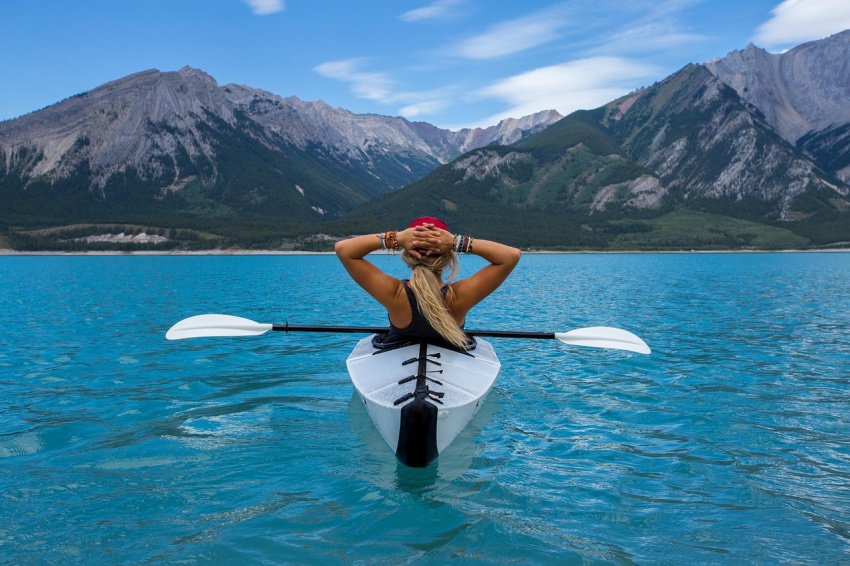
This post contains affiliate links. Thank you for your support.
Table of Contents
Guide to Adventure Travel for Over 50
1. What is your fitness level?
2. Do you suffer from Deep Vein Thrombosis (DVT)?
3. Travel insurance is a must – not a maybe.
4. Get your extreme adventure on!
5. Investigate and get the correct immunizations before traveling.
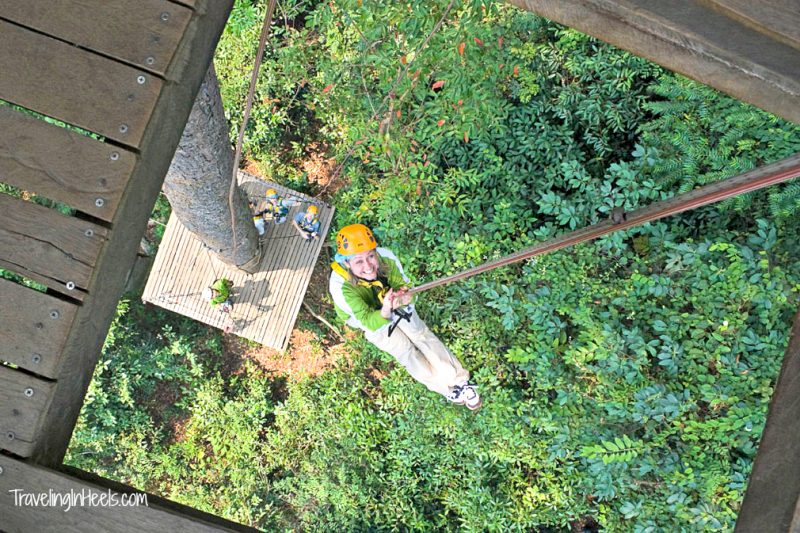
You may think that when you hit the big five-O, your adventuring days are behind you. Luckily, this is far from the truth. In fact, many folks only find they have the courage, finances, and time to take adventures when they reach 50! Of course, it pays to be smart about your health and wellbeing on such vacations, especially if you are not in the throes of youth. A topic you can find out more about in the post below.
1. What is your fitness level?
First of all, it’s pretty vital that you have a realistic grasp of your fitness level before you book an adventurous vacation. It’s not that you have to be super fit or in the best shape of your life, but you do need to match up your choices with what you can currently do and feel comfortable with.
What this means is that if you want to do something that is more physically taxing such a long trek at a high altitude in the Andes or in Africa, you will need to make an effort to do some training first. In fact, many of the sponsored treks advise pretty thorough training programs that last over 6-month to bring your body and mind up to the level that you will need to be at to cope.
Such training may take the form of walking, cycling, or running and slowly building up to the length of time you hope to achieve while away. It can also be useful to add in additional activities with the support of your doctor such as yoga or pilates that will help to strengthen your muscles and improve flexibility. The reason for this being that it can prevent you from becoming so tired when you are exerting a lot of physical strain on the body.
It often doesn’t hurt to get checked over y the doctor ether to ensure that your health is suitable for such a trip and that you won’t be putting any unnecessary strain on pre-existing conditions either. After all, sometimes, pushing ourselves way past our limits can do more harm than good.
2. Do you suffer from Deep Vein Thrombosis (DVT)?

DVT or deep vein thrombosis is a condition that both airline and hospitals are becoming increasingly cautious of. This issue occurs when a clot forms in one of the deeper vein systems in the body such as the leg. This becomes problematic because as it’s pumped around the body, it can cause blockage in essential organs such as the heart, and lungs, which in turn can cause much more severe and even life-threatening problems.
This primary concern here is that with flying and long-haul travel the ability to move around as normal is reduced for some time and this can increase your chance of developing a DVT. That is why it’s vital to wear compression sock on flights, as they stop the blood collecting in your lower extremities and can help to prevent DVT.
Also, be sure follow the current advice when traveling which is to move your feet regularly and where possible get up and walk around even its only to use the toilet and back. Something you can read more about here.
3. Travel insurance is a must – not a maybe.

Don’t even think twice. You carry car insurance, right? Homeowners’ insurance? Health insurance? Yes, you do need travel insurance to protect your investment.
We recommend Allianz Travel Insurance to protect travel investment with trip cancellation & travel insurance. Allianz Global Assistance offers competitive plans and superior customer service.
Of course, no matter whether you are 15 or 50 those with a pre-existing health condition may find it more difficult and more expensive to get insured for their trips abroad. Luckily, you can help take some of the stress out of this by using an insurance comparison site to get an idea of how much you will pay.
If you have a particularly severe or complex condition, it may be necessary to get a more customized quote. Be proactive and obtain a recent update from your doctors on your condition before applying for your vacation insurance. This will help you get precisely the right level of coverage and can travel with peace of mind.
4. Get your extreme adventure on!
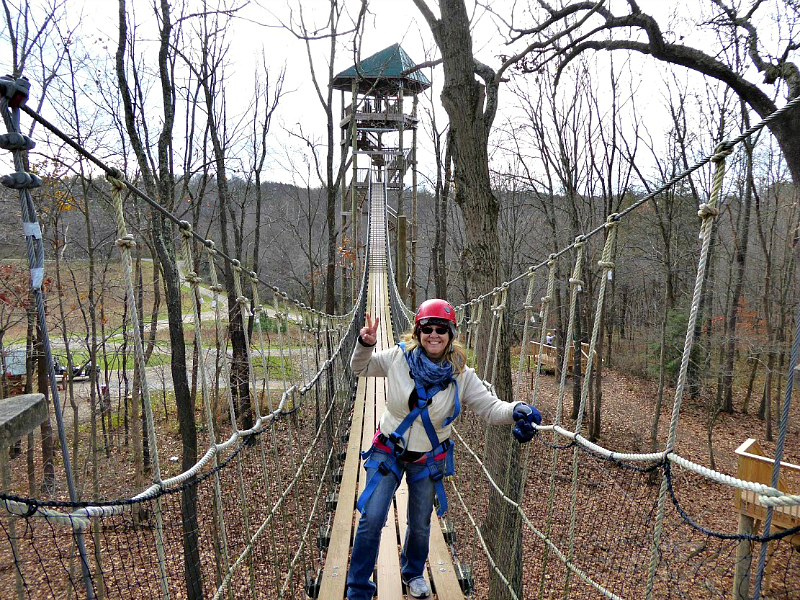
Many people in their 50s and older do not want to be restricted in the types of activities they can do on vacation. In fact, they want to bungee jump, paraglide, abseil, and climb mountains along with everyone else.
Therefore, apart from the recommendation to have their overall health checked out by the doctor before they engaged in such activities, the advice is mostly the same as it could be for any age group.
First of all, be sure that the provider you are booking with is reputable. Then you will know that they make the correct check and have a plan in place just in case something does go wrong. Also be sure that the chosen insurance for your vacation covers such activities, as they are not always included in the standard cover.
If you find that your policy does not, you will need to upgrade or pay extra for a plan that does. Otherwise, you may be left with a hefty bill if you do sustain an injury.
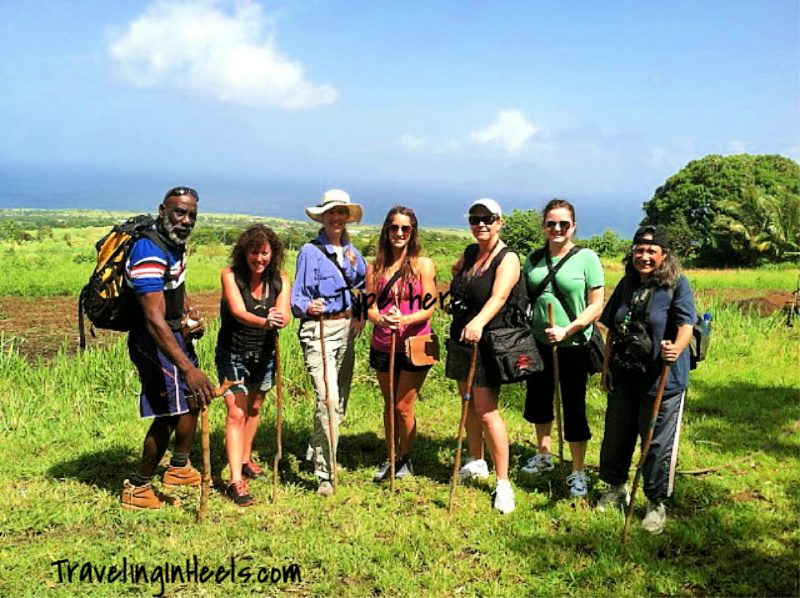
For peace of mind, consider securing a line of credit by applying for a care credit card to cover any uncovered medical issues that may arise from partaking in an extreme activity.
5. Investigate and get the correct immunizations before traveling.
Lastly, It is absolutely essential that you make an effort to investigate and get the correct immunizations before you travel. Sadly, many people neglect to do this and end up coming home not just with a few fun souvenirs, but a less welcome reminder of their travels as well.
Of course, we are fortunate to live in a country where most virulent and dangerous diseases are eradicated or managed to the point where we don’t have to worry about them on the on a daily basis. However, it is hugely important to remember that this just isn’t the case for many vacation destinations.
Immunizations may not be fun, but they are certainly better than the nasty illness you could be exposing yourself to if you don’t get them.
In fact, popular places to visit such us Cambodia, Egypt, Tanzania pose a genuine risk for contracting diseases like giardia, malaria, and cholera respectively. That is why it’s absolutely vital to check your government web page about your destination in plenty of time and ensure you visit your doctor’s office and ensure you get the right immunizations. If you want to have a safe and enjoyable over 50s adventure, that is.
Are you over 50? What are your simple tips for adventure travel? Share with us in the comments below.
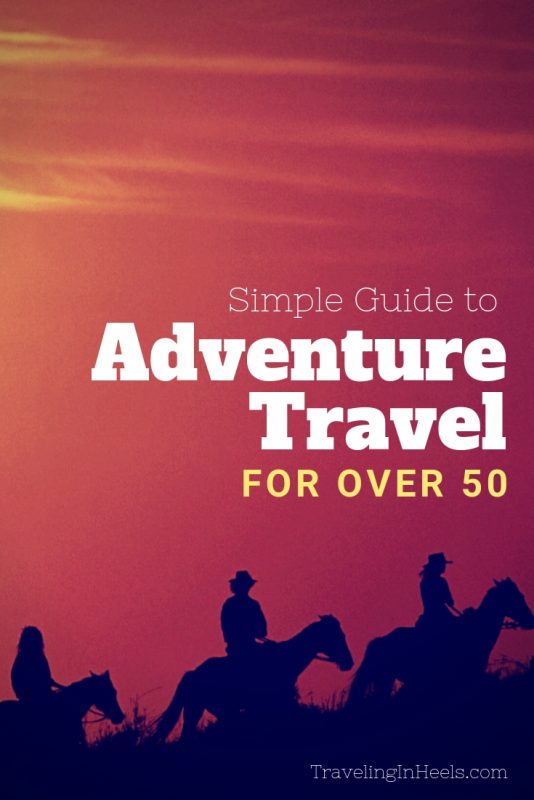

Awesome post. As 50+ travelers, my husband and I have had some great adventures and a few times the challenges were a little too much, especially with some of his conditions. Thanks for making a list like this that is practical and not full of scare and doom.
Adventure on!
Comments are closed.